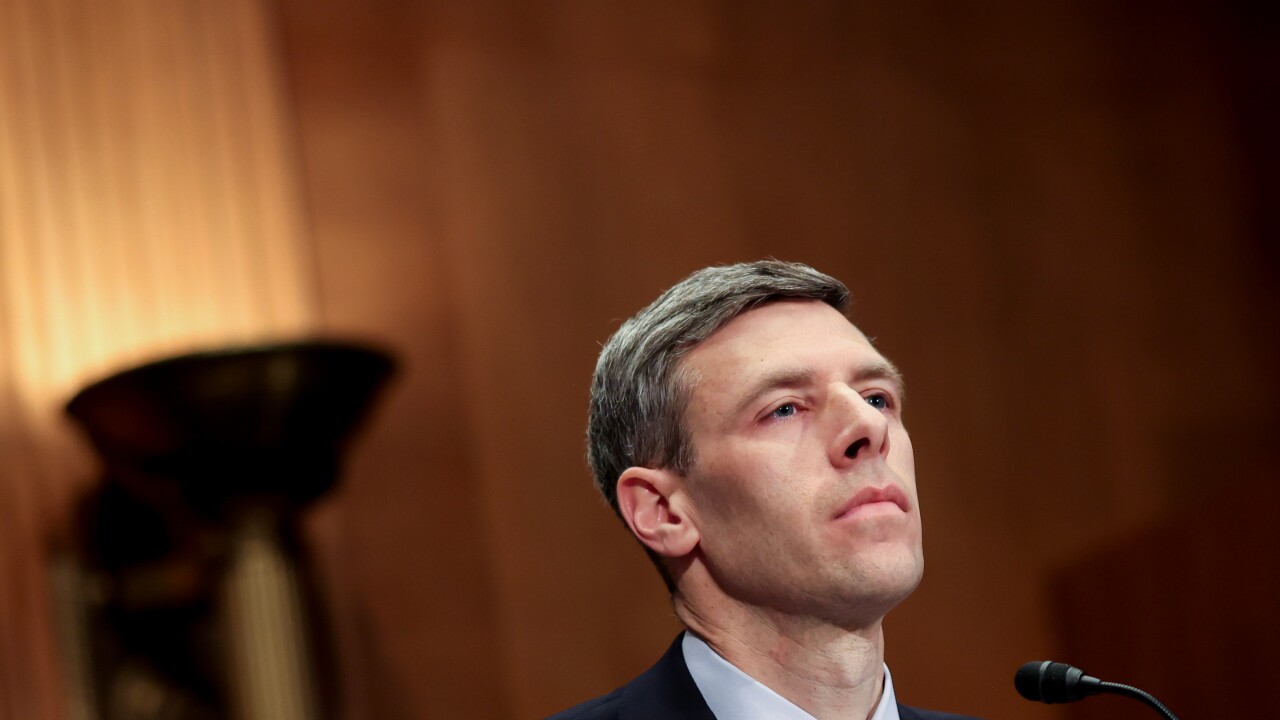Contactless growth in the U.S. has slowed but is expected to rise in 2020 considering an unprecedented economic environment.
Combined with the rollout of more contactless cards, massive proliferation of contactless-capable point of sale (POS) devices, growth of mobile wallets, and the launch of large-scale projects like New York’s contactless subway fare payment system, the future points to a frictionless one. To support the consumers’ transition, merchants should consider the following trends when introducing alternative payments:
Amid the global pandemic, everyday items including cash have been revealed as carrying a high number of germs. Our data finds 55% of U.S. consumers were concerned about handling cash. Understandably, consumers who haven’t already are turning to contactless payment options to avoid spreading or receiving the virus. Last month, 50% of U.S. consumers reported using contactless at least four times, with 69% agreeing contactless payments were more convenient than cash.
COVID-19 also saw payment card networks like Visa and Mastercard increase spending limits in various markets to allow larger tap-and-go transactions. Several U.S. merchants and retailers have already begun implementing and encouraging contactless payments to reduce the virus’ spread.
Another significant marker of evolution was New York City subway’s June 2019 announcement of introducing a new contactless fare payment system accessible via contactless card and smartphone to passengers. While project developments like these may now be decelerated due to COVID-19, U.S. merchants should consider the potential for consumer payment trends to evolve once retail shopping is re-established.
With 60% of U.S. consumers feeling more comfortable with using contactless after having used it during the pandemic, the sentiment may trigger a domino effect on nationwide adoption.
Apps providing consumers with options to pay for goods and services like Skrill, Apple Pay and Amazon Go add to contactless’ convenience. Today, Amazon Go operates 25 frictionless convenience stores across the U.S., powered by Amazon’s "Just Walk Out" technology. The technology allows customers to shop in a store using a unique QR code and walk out without having to go through the traditional checkout.
Biometric payment authentication is the preferred verification method for secure mobile payments according to 44% of survey respondents. Mobile technology’s growth and repeat usage could cause these frictionless apps to be normalized and appealing among U.S. consumers, either due to a new preference or because of public health concerns.
Through 5G mobile data networks, mobile wallets could experience even more use cases and be preferred over traditional means. By eliminating connection issues and other potential errors in the transaction process, 5G will deliver faster uploads and downloads for digital and retail transactions alike.
As 5G and biometrics merge to impact the buyer’s checkout journey, payments by voice, gesture or other via wearable technology will increase. According to our research, smartwatch penetration is low, yet 51% of U.S. smartwatch owners have used their watch to make payments.
Overall, 57% of U.S. consumers acknowledged that using contactless during COVID-19 has made them more comfortable with the idea of a cashless society. As connectivity, product and infrastructural groundwork evolves in the US, consumers can look to contactless for a new and improved user experience.





